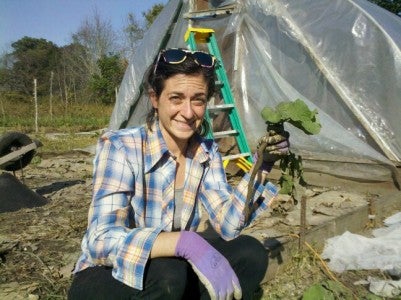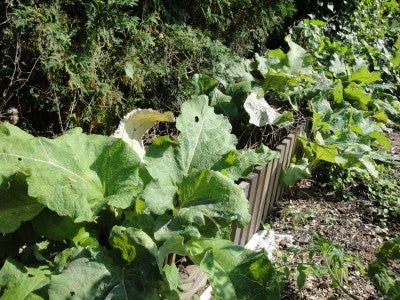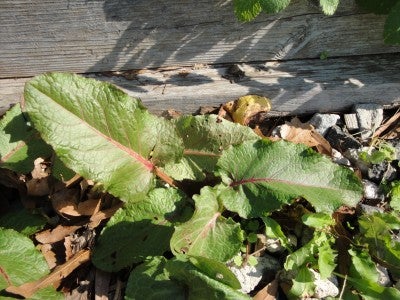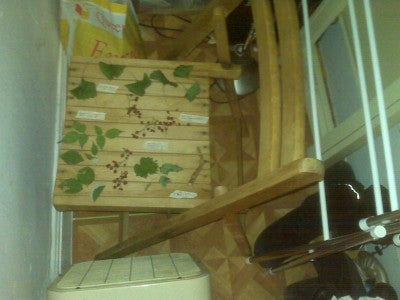Herbs: Farmed and Foraged, Medicinal Uses
Here, Jen Kline shares her experience with farmed and foraged herbs for medicinal uses. Could be a good way to add value to your enterprise:
I’ve been lucky enough to take advantage of an amazing community course on farmed and foraged herbs, and herbal medicine here in New York City at Third Root Community Health Center. A workers cooperative in the Ditmas Park area of Flatbush Brooklyn, NY, this course focuses on medicinal uses of herbs. Last weekend, myself and other students got the opportunity to visit and forage at the Wassaic Community Farm, a beautiful farm a couple hours north of the city.
The Wassaic Community Farm‘s tagline on their website is: a small farm project with a mission to address food justice issues locally in Wassaic and in the South Bronx. They grow many different cultivated herbs and also “wild-craft” or forage other wild herbs from their over 4 acres of land. In addition to selling these herbs at 4 farmers markets, the farmers also hosts a CSA that strives to bring affordable, sustainably grown fresh produce to communities in the Bronx and also in their town of Wassaic.
We had the chance to forage some herbs for ourselves at the Wassaic Community Farm and two of the herbs that are great to harvest in the fall are Burdock (Articum lappa) and Yellow Dock (Rumex crispus). It’s important to understand that when you are foraging you are also caretaking of the plant you are harvesting, which means you must be mindful of not taking too many or too much of the plant. An ethical harvesting rule of thumb is to take no more than 10% of that plant from that area. For burdock and yellow dock specifically, you should only harvest the younger plants, not the really large, older ones.
Keep this in mind while foraging, but there is plenty of Burdock and Yellow Dock to go around. Both plants have naturalized throughout North America and once you learn to identify them, you will start seeing them all around you. When not in flower, the plants look similar at first glance so I’ve included pictures below to show the differences.
Burdock has large, woolly leaves that are light colored underneath. Burdock’s flowers are purple and thistle-like. Their burrs inspired Velcro and you will see why if you brush by the plant while its in seed. Below is a picture of Burdock plants behind a tiny fence near my garden.
Yellow Dock has leaves are shiny with wavy margins and green flowers. Below is a picture of Yellow Dock growing in gravel in front of my work.
Both these plants are harvested for their deep taproots that take a shovel, trowel, gloves, patience, time and a considerable amount of elbow grease to extract from the soil. Once you do, you’ll see that Burdock’s roots are darker in color and Yellow Dock is aptly named with a yellow hued root.
Each of these roots can be cooked and still retain medicinal qualities but I chose to dry these herbs after I harvested them. Herbs should be dried in a dark, well-ventilated place. I live in a small apartment, so I set up my herb drying station in my closet.
As you can see in the picture above, I placed my herbs (lots of other plants other than Burdock and Yellow Dock included) on a folding chair with slats in it. I labeled each herb with the herb’s name, the date I harvested it, and the place I harvested it from. This information will be important later on in medicine making. I then, put a fan near them to circulate the air in my closet. The smaller roots dried in one day, while the larger ones took a few days to dry.
In my next post, I will explain what Burdock and Yellow Dock are used for medicinally and how you can make these roots into medicine.







 Your Privacy Choices
Your Privacy Choices
This site was… how do you say it? Relevant!!
Finally I have found something which helped me. Thanks!